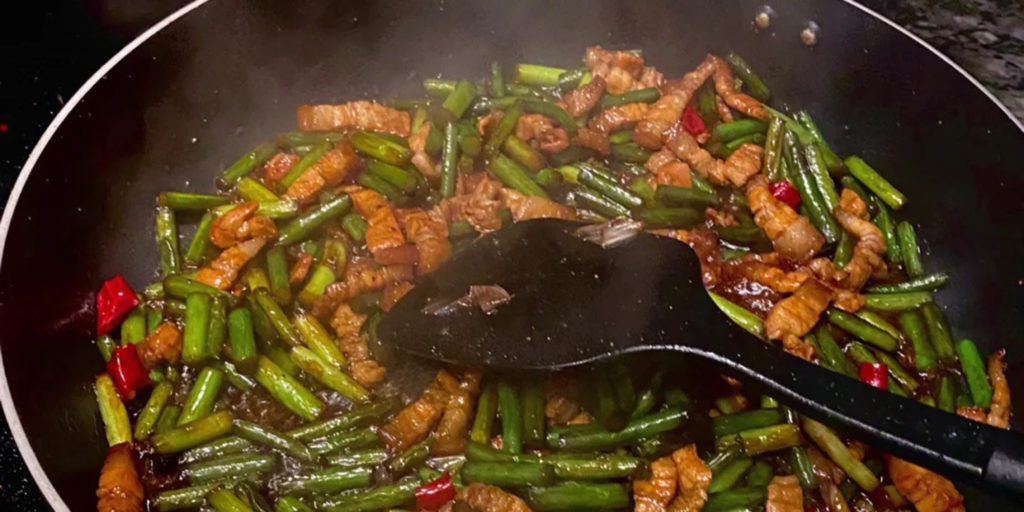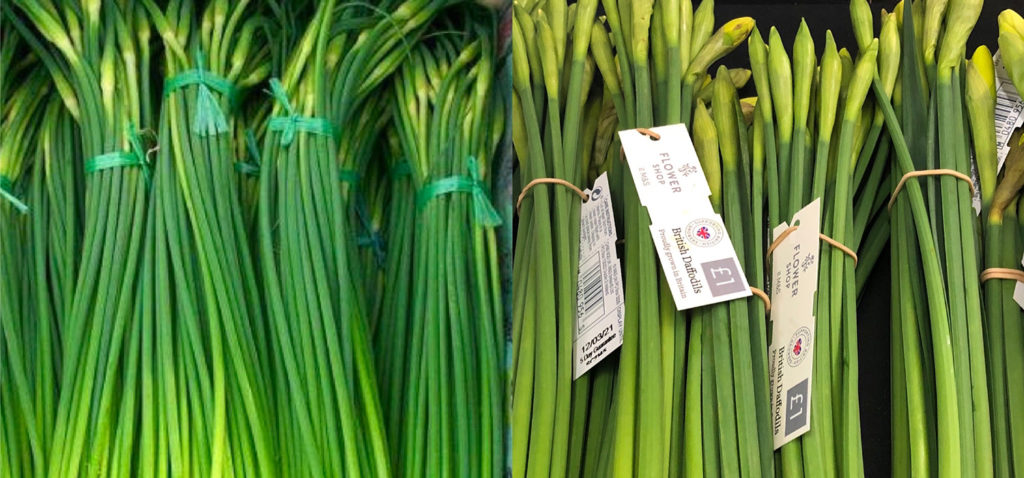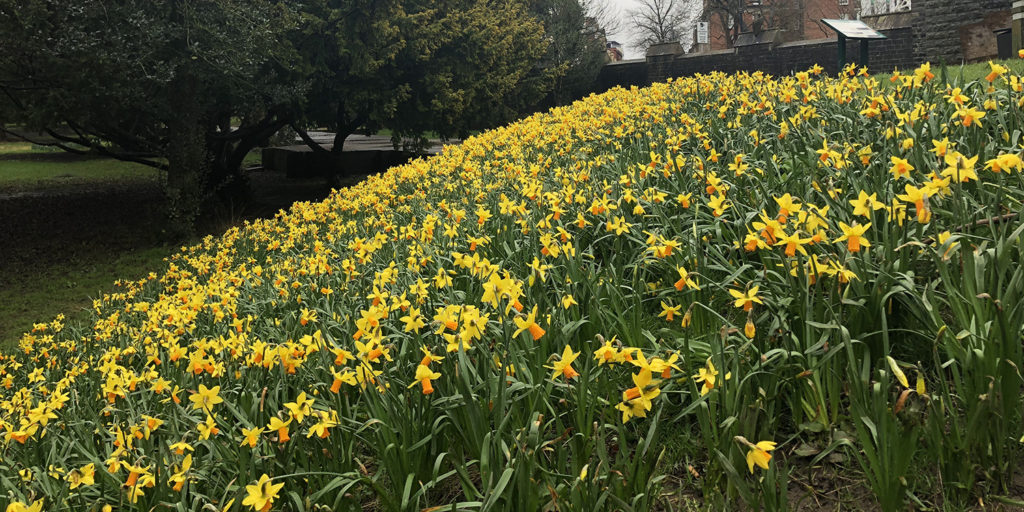Despite warnings by health ministers, Chinese students’ risk of being sick eating daffodils mistaking them for garlic shoot.

Dingni Wu was preparing dinner for her friend when she suddenly felt sick and ran to the bathroom and started vomiting violently. It took nearly two hours before the situation began to improve.
She later checked the shopping receipt realized that she had mistaken the daffodils for the garlic shoots often used in Chinese cooking. Despite warnings by health ministers in the past, non-English speaking shoppers still make this mistake due to cultural differences, experience and language issues.
“It was really horrible. I still think of that day as a nightmare,” said Dingni, a student from the University of South Wales. ” I went to a friend’s house to have dinner together. When I was setting the table, I tried the “fried garlic shoots” and it tasted really strange.”
“I thought it might be a problem with our cooking skills, so I didn’t worry about it and went to help my friend prepare the other dishes. “
Ten minutes later Dingni felt nausea and abdominal pain, with a slight burning sensation in her mouth. Then she started to vomit and had diarrhoea at the same time.
“My friend and I checked the supermarket receipt, then realized it wasn’t garlic shoots at all but daffodils. I was literally throwing up the whole time that day, and it took two hours for the nausea to subside. It was really unpleasant,” said Dingni.

Yaoxian who had an experience similar to Dingni said: “I’m from a city in northern China and where I’m from people love garlic shoots. So that day I was shopping in the supermarket and when I saw the daffodils, I thought they were garlic shoots from previous common sense and bought them home without even checking them carefully.”
When he started cooking, he sensed something strange in the smell. “So, I just took a small bite and found it bitter. I spat it out and rinsed my mouth immediately. It didn’t cause a serious problem,” said Yaoxian.
He thinks the reason for the accidental ingestion was that he was more familiar with garlic shoot than daffodils. In Chinese supermarkets, they usually sell garlic shoot, so he probably thought it was garlic moss at first.
“I think Asian students like me who are new here should be careful not to rely on your intuition,” says Yaoxian.
Daffodils naturally appear in early spring around the time of St David’s Day. It’s the time of year when daffodils are on sale in the supermarkets.

But surprisingly this is not the first time the spring flowers have led some non-English speakers mistaking the spring flower for the garlic shoot, which led to the poisoning incidents.
Back in 2012 10 people were poisoned by daffodils in Bristol. The Health Protection Agency said that the 10 people who had eaten daffodil stalks and leaves were treated in hospital for severe vomiting. This has led to a warning about Narcissus poisoning in the Bristol Chinese community. In 2014 the National Poisons Information Service answered 27 calls about daffodil poisoning.
What exactly is garlic shoot and why do so many people eat it by mistake? Below are pictures of daffodils and garlic shoot, can you spot the difference?

Garlic shoot is the flowering stem from garlic and is a very popular vegetable in Asia. In China, in particular, garlic moss has been used for over 2000 years. This has led to many Chinese newcomers mistaking daffodils for garlic moss and eating them by mistake.
It is worth noting that until 2015, daffodils were still placed in the fruit and vegetable section of all UK supermarkets. Due to the number of poisoning cases, the Department of Health has asked shops to keep daffodils away from the fruit and vegetable section.
Dr Mark Evans, from the South West health protection unit, said: ” Eating daffodils isn’t as far-fetched as it sounds. The Chinese community is aware how easily the daffodil stalk and unopened bud can be confused with garlic moss and to be careful what they buy, especially at this time of the year.”
All parts of the daffodil contain a toxic chemical lycorine. The part of the plant that contains the highest concentration of lycorine is the bulb.
However, eating any part of the plant can cause symptoms such as nausea, vomiting, abdominal pain, and diarrhoea. These symptoms usually last about 3 hours.

Local residents should also beware of their children and pets. Children will go to this first bright spot of colour after a cold, grey winter. Adults have mistaken daffodil bulbs for onions.
Even dogs can ingest daffodils while playing with them, leading to serious consequences, such as low blood pressure, drowsiness and liver damage, has been reported in animals that have eaten large amounts of the plant.
The National Capital Poison Centre reminds everyone to keep daffodils out of the sight and reach of small children or pets. Watch children closely when playing outdoors to prevent them from eating them. Finally, unless you are an expert, do not pick your own onions in the wild.
However, if you are unlucky enough to accidentally ingest it and experience nausea, vomiting, abdominal pain and diarrhoea, rinse your mouth immediately, drink water or milk, and call the National Poisons Information Service at 1-800-222-1222 for assistance.
